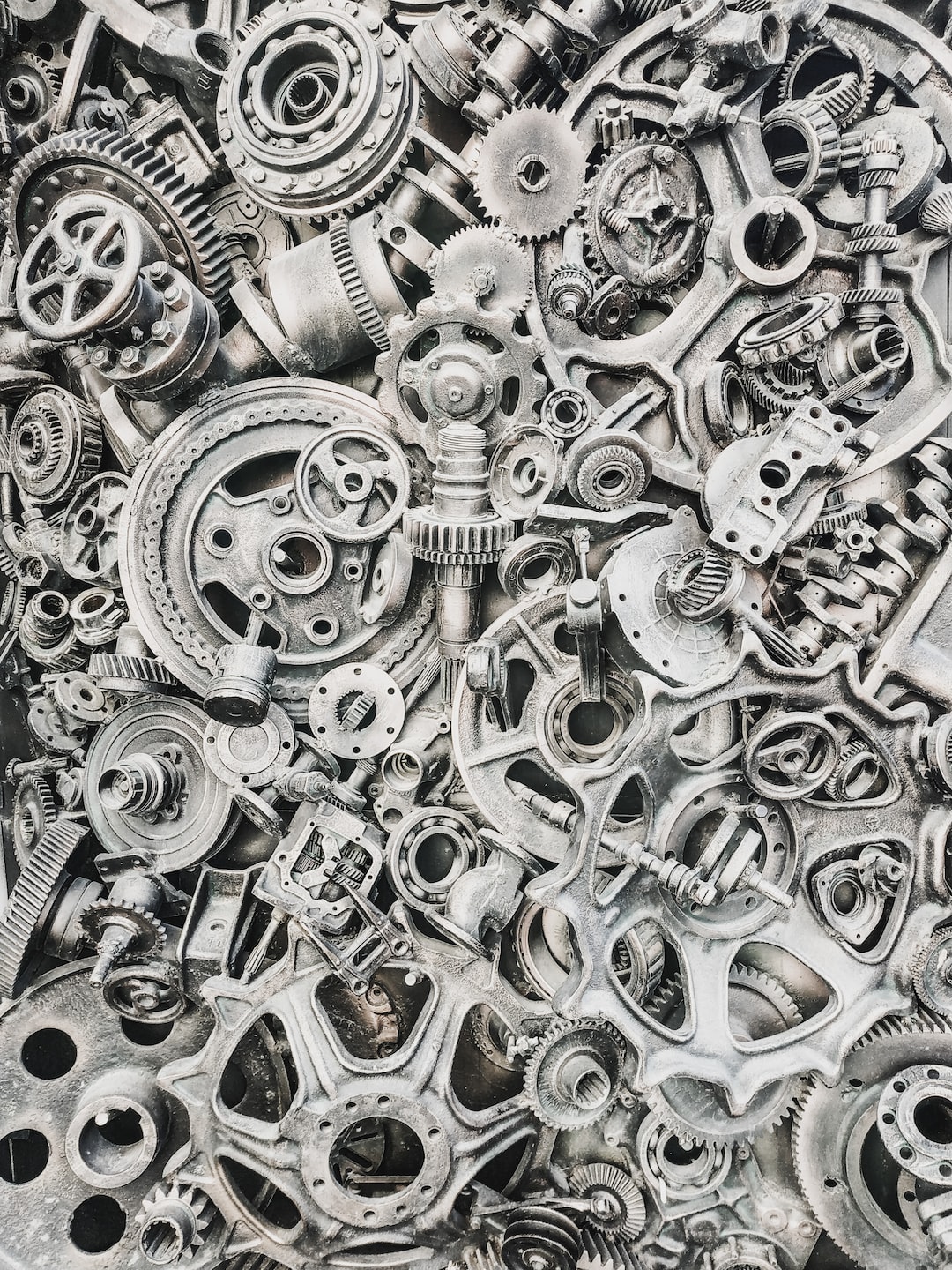Exploring the World of 3D Printing and its Possibilities
Over the past decade, 3D printing has captured the imagination of people around the world. This innovative technology has revolutionized various industries, including manufacturing, healthcare, and even fashion. With the ability to transform digital designs into physical objects, 3D printing has opened up a world of possibilities that were once only imaginable in science fiction. In this blog post, we will delve into the world of 3D printing and explore its remarkable capabilities.
Firstly, let’s understand what 3D printing actually is. Also known as additive manufacturing, 3D printing is a process that involves creating three-dimensional objects by laying down successive layers of material. Unlike traditional manufacturing methods that usually involve subtracting material to create the desired shape, 3D printing builds objects from the ground up. This layer-by-layer approach allows for greater precision and customization in designs, making it a highly versatile technology.
One of the most significant advantages of 3D printing is its ability to create complex geometries that would be impossible or highly challenging to manufacture using traditional techniques. With 3D printing, architects can bring their intricate designs to life, offering a new dimension to their creations. Similarly, in the aerospace industry, 3D printing allows for the production of lightweight, yet robust, components that can withstand the extreme conditions of space travel. This technology has also found its way into the automotive industry, where manufacturers are 3D printing car parts to enhance performance and reduce weight, ultimately improving fuel efficiency.
3D printing has also revolutionized the world of healthcare. Medical professionals are increasingly turning to this technology to produce patient-specific implants, prosthetics, and even organs. By using 3D printing, doctors can create custom-fitted implants that perfectly match the anatomy of individual patients, leading to better treatment outcomes. Furthermore, researchers are experimenting with bioprinting, a branch of 3D printing that involves printing living tissues and organs using a patient’s cells. Although still in its early stages, bioprinting has the potential to solve organ transplantation shortages and provide tailored medical solutions.
However, 3D printing is not limited to industrial applications alone; it has also made its mark in the realm of arts and design. Artists can now create intricate sculptures and jewelry pieces with ease, pushing the boundaries of their creativity. Fashion designers are utilizing 3D printing to design and produce avant-garde clothing, pushing the limits of what is possible in terms of materials and shapes. By incorporating 3D printing into their creative process, artists and designers can create unique pieces that were once difficult, if not impossible, to achieve through traditional methods.
Furthermore, 3D printing is empowering individuals and communities to engage in DIY (do-it-yourself) culture. With advancements in desktop 3D printers, anyone with a computer and an internet connection can access 3D models and bring them to life. This accessibility has spurred innovation, with hobbyists and entrepreneurs alike using 3D printing to create and sell personalized products. From customized phone cases to home decor items, individuals can design and print objects that cater to their specific needs and preferences, enhancing the overall user experience.
Despite all the remarkable possibilities, there are still challenges that need to be addressed for 3D printing to reach its full potential. The cost of 3D printers and raw materials remains a barrier to widespread adoption. Additionally, issues related to intellectual property rights and quality control need to be addressed to ensure ethical and safe practices in this new era of manufacturing.
In conclusion, 3D printing has transformed various industries and opened up a world of possibilities. From complex architectural designs to customized medical implants, 3D printing has proven to be a game-changer in terms of design flexibility and customization. An increasing number of artists and designers are also embracing this technology to push the boundaries of their creative expression. Furthermore, as 3D printers become more accessible, individuals are empowered to unleash their creativity and entrepreneurship. While challenges lie ahead, the potential of 3D printing to reshape our world is undeniable, and it will continue to shape the future of manufacturing, healthcare, and beyond.
